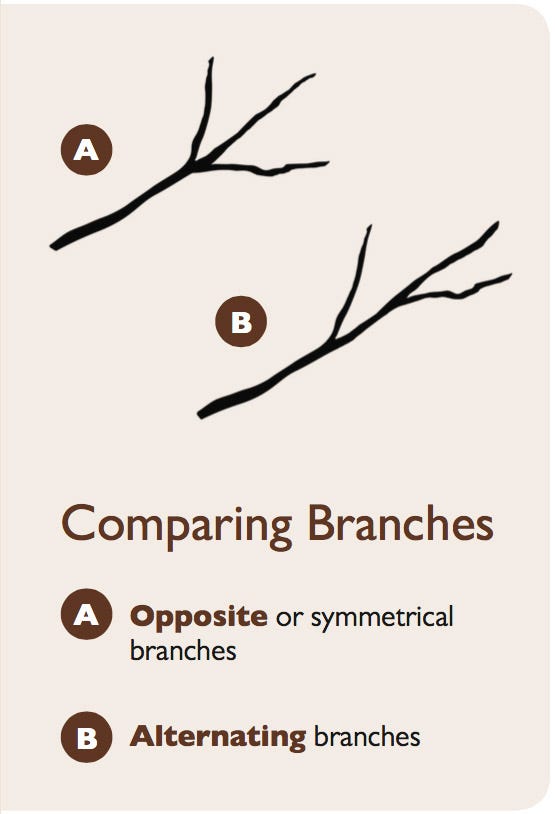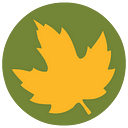How to identify trees in winter
Danette Rushboldt, Interpretive Artist
Where to begin with winter tree identification? How about the twigs.

When looking to identify our native, deciduous trees in winter, first check out the branches. Understanding branch patterns is a quick and easy way to narrow down tree types.
Maple, ash, flowering dogwood and buckeye trees have opposite branching patterns, meaning the twigs grow opposite each other off the main branch.
All other native trees have an alternating twig pattern, which means they stagger or alternate as they grow from the main branch.
CLUES FROM THE TWIGS
Scratching and sniffing twigs can provide additional clues. If it’s stinky when scratched or broken it may be a buckeye; if sweet or spicy, think sassafras. Twig color can also be helpful. Sassafras twigs are green, and box elders are red.

BARKING UP THE RIGHT TREE
A tree’s bark can be a helpful identification tool. Here are a few common species found within the Metro Parks along with photos and descriptions of the bark:


LEARN MORE
For more identifying tips, hike with a Summit Metro Parks naturalist, or stop in to the visitors center at F.A. Seiberling Nature Realm or the Liberty Park Nature Center and ask for help.
